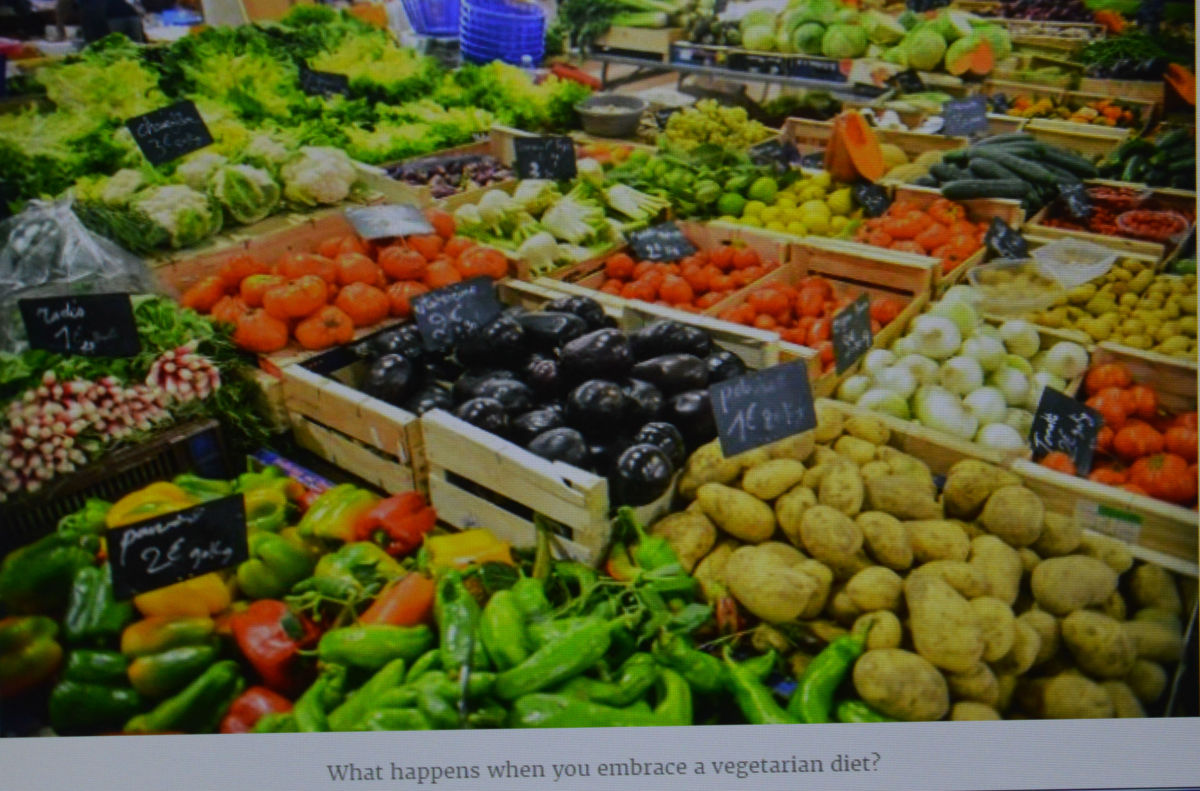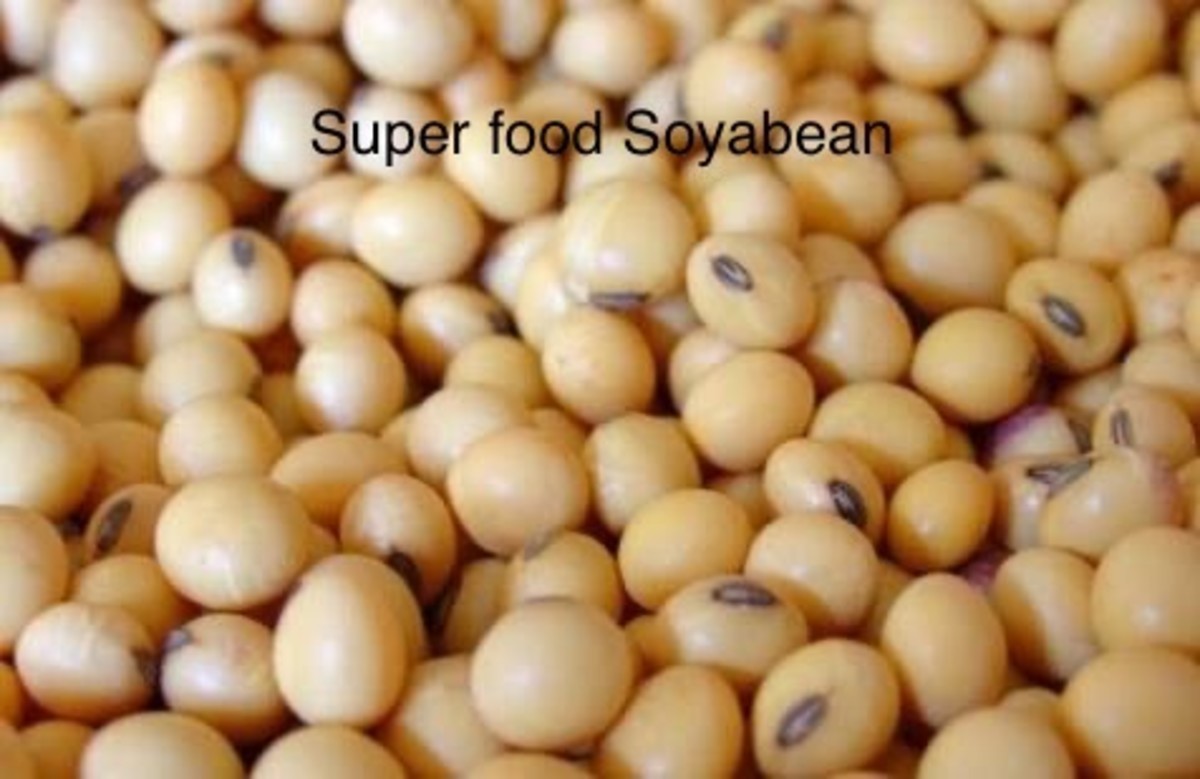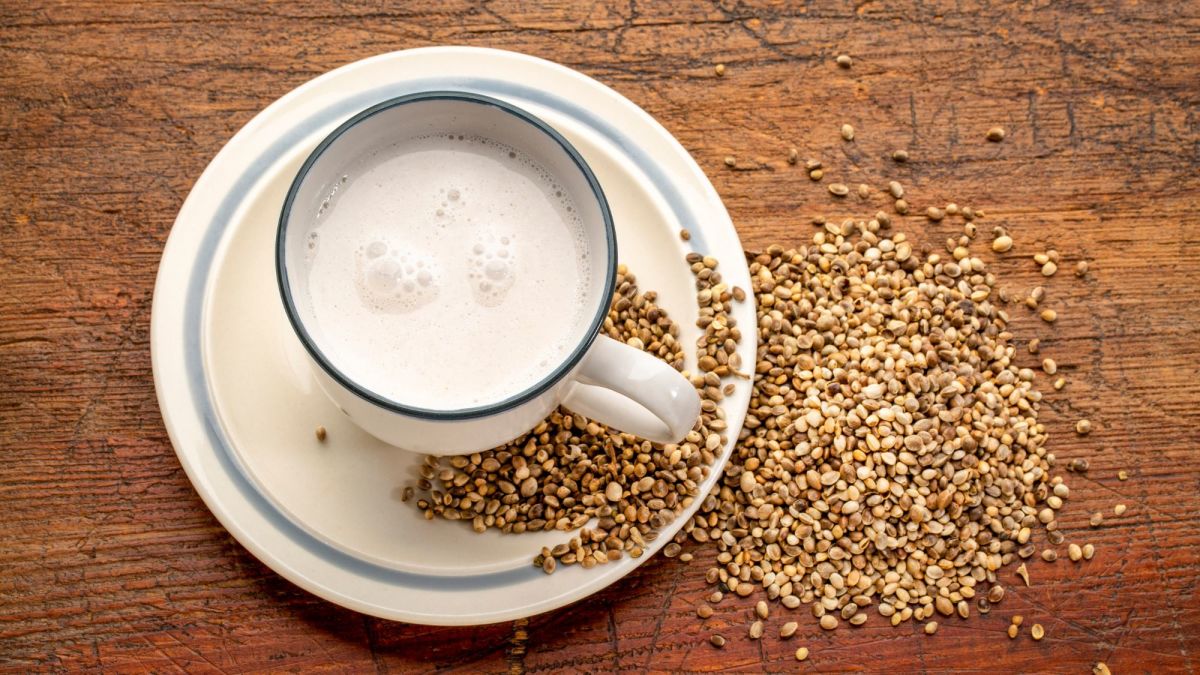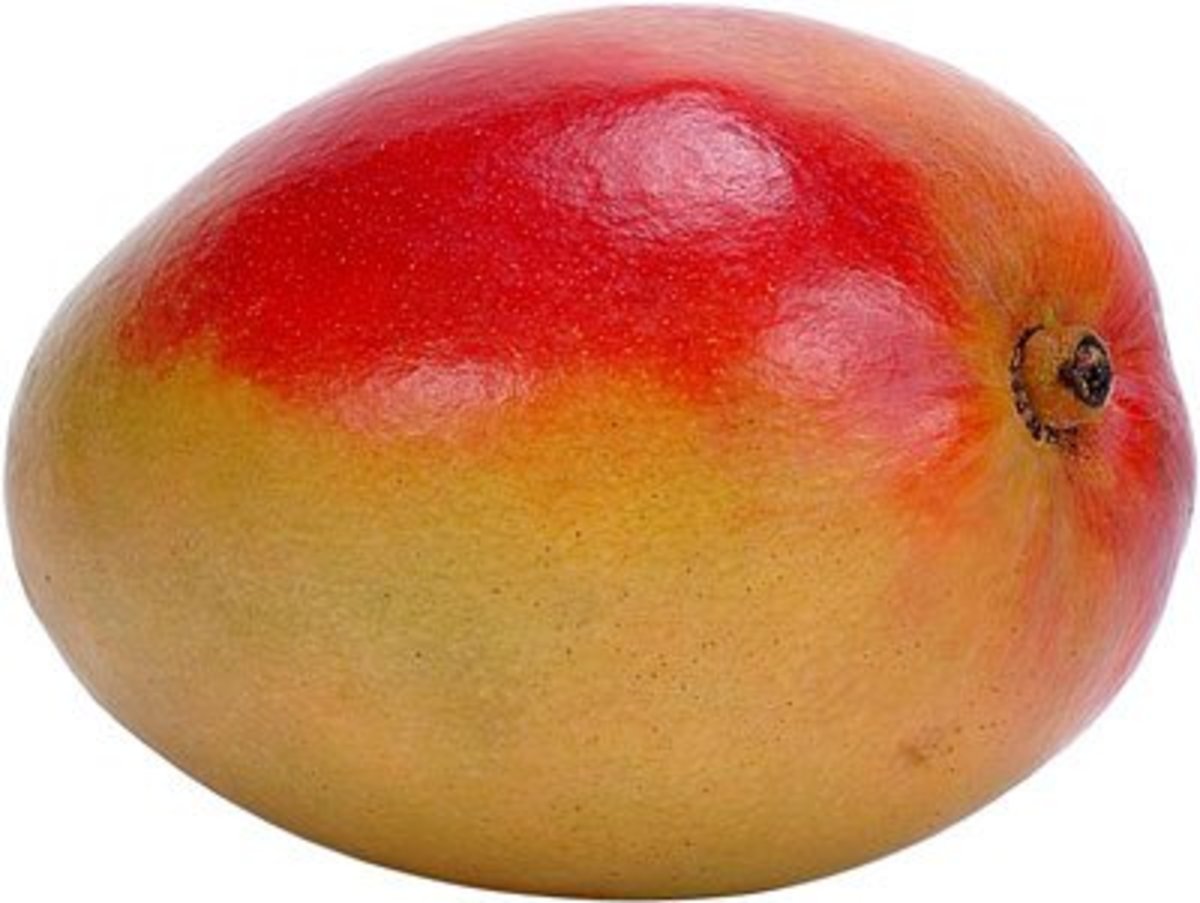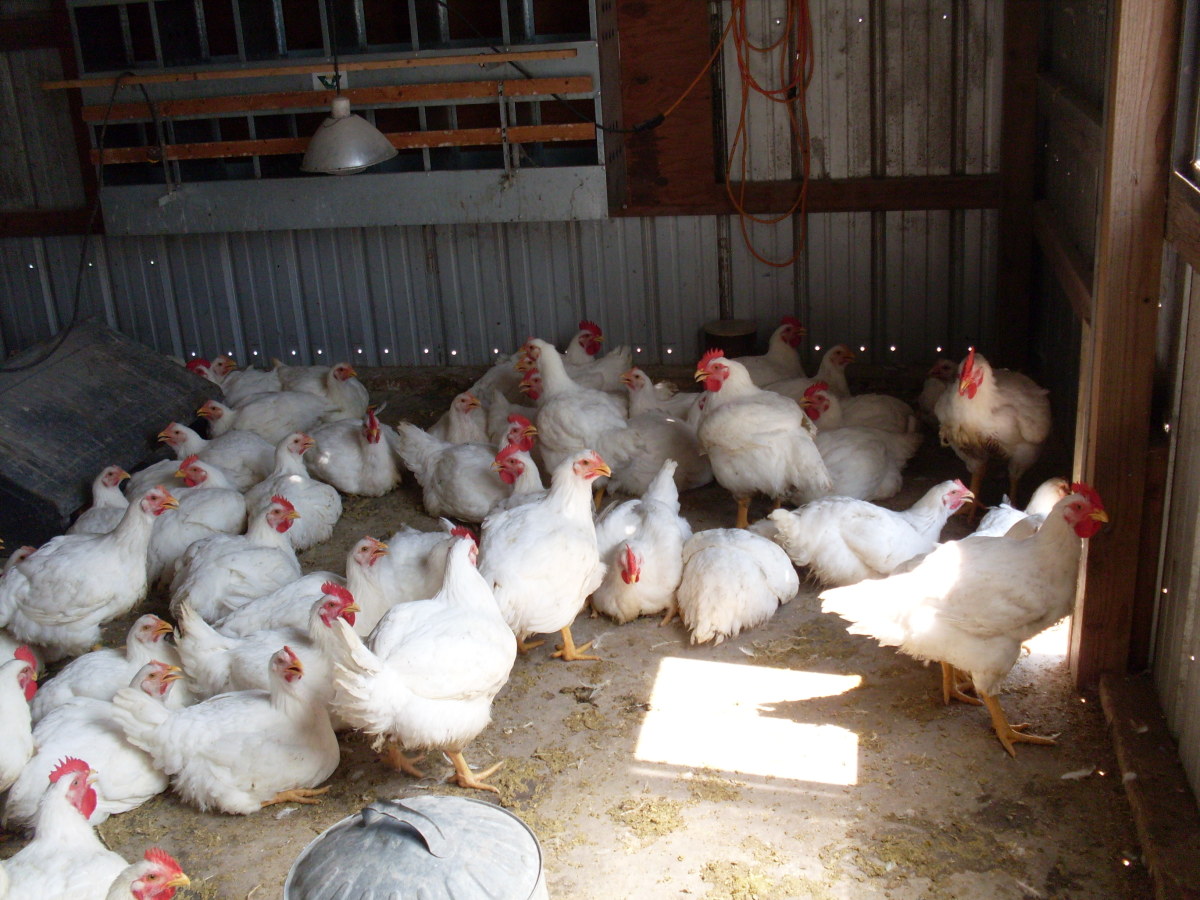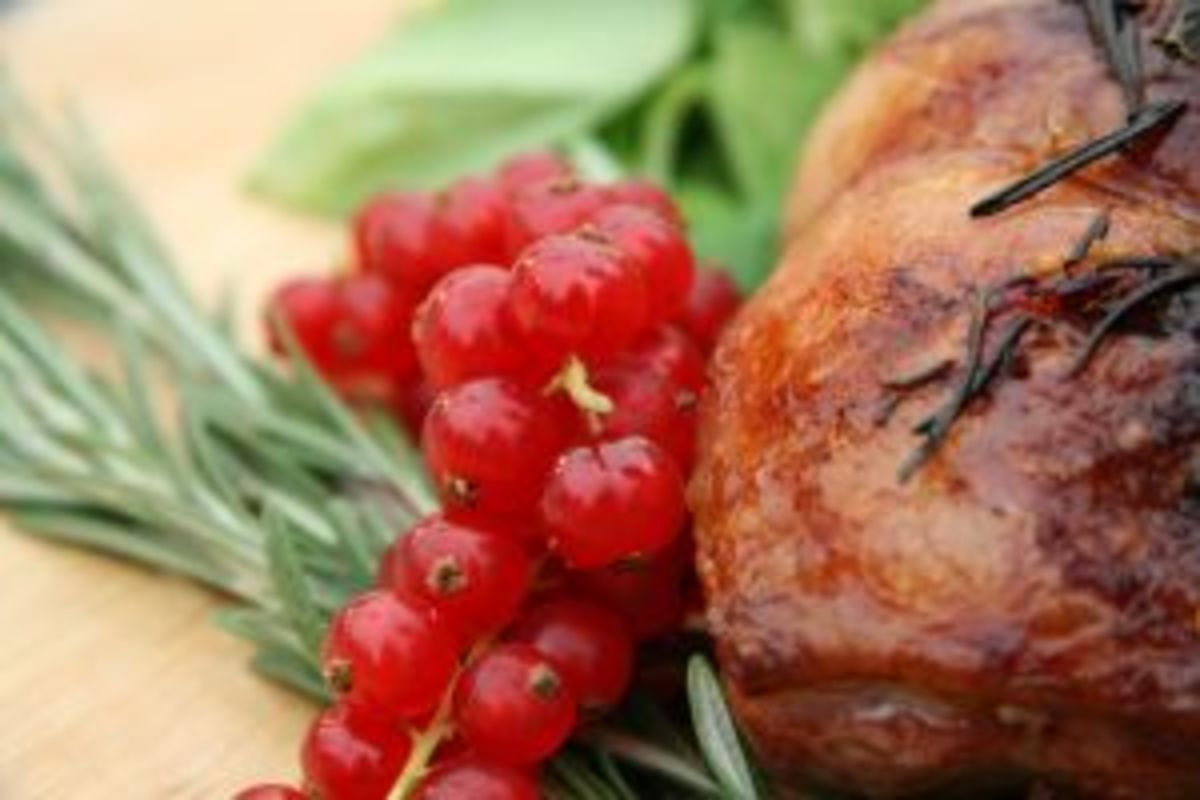Poultry Recipes And Health Benefits Of Big Chicken

Little or Big?
Chicken has remained my favorite meat-group cooking ingredient since childhood. It is delicious and lighter eating than beef products and likely healthier unless deep fried.
I first ate Kentucky Fried Chicken on my 15th birthday and enjoyed the flavors and texture, including the crispy outside. Unfortunately, the combination of the many spices I had never before consumed was too much for my stomach. After the first experience, my digestive system was adjusted to the new tastes and new herb and spice actions, and KFC became an occasional treat.
Chicken is my favorite and my favorite method of cooking it is grilling. Grilled chicken salad is the best kind of chicken salad .
Chicken is my favorite, despite the fact that a relative who owned a small farm took my Easter chick one year, raised it, and served it for dinner it at a family reunion. Even food professional Anthony Bourdain does not look forward to eating an animal he has met face to face.
Children often react with horror at learning where the animal products on their dinner plates originate; there are better methods of instruction than than the family reunion, though. Field trips for school children to farms are a better means to such education. Some children will be put off meat temporarily or forever after the trip, but it is better to know where meat comes from than to be served a pet, even if it was a pet for only a day. I would be unable to raise chickens today and eat one of them. I prefer "stunt chickens" from my local market's meat department, as Anthony Bourdain might call these birds.
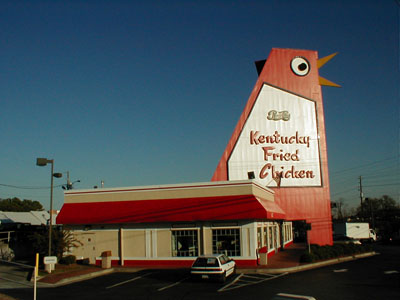
Health Benefits Of Big Chicken
Chicken is a big favorite food in America and a big seller at the market.
The Mayo Clinic, the NIH, The Ohio State University , and Whole Foods markets tell us about the health related benefits of consuming chicken.
First of all, 4 ounces of chicken can provide about 68% of the human daily requirement of protein with much less fat content than red meats provide. Dark meat chicken contains great amounts of fat than the white meat portions. The skin of any part of the chicken contains more fat then humans need and should be discarded, except perhaps very occasionally.
Chicken and Aging
Eating chicken may be more important as we age, according to recent studies of men and woman in the 70-90 age range. During this age cohort, chewing and digestive problems often arise that make consuming and digesting protein more difficult. However, studies confirm that among older persons above age 70, those showing the largest or highest protein intake lost markedly less bone mass during a four-year follow-up period. Increased Animal Protein and Overall (animal & plant combined) Protein intake were both important. Chicken is easier to chew than steak, so chicken can be an answer to increasing protein intake among seniors, unless they are allergic to it.
Contents of chicken may also fight against Alzheimer's disease and the mental declines seen in elderly patients. Niacin is the main ingredient of this, although chicken's B6 can help maintain cardiovascular health overall and in the aged.
Chicken and Cancer
Chicken contains substantial quantities of the B vitamin we call niacin , which is cancer-fighting. Certain of out DNA components need niacin, a deficiency of which leads to DNA damage. Fortunately, 4 ounces of white meat chicken (the size of a deck of playing cards in a box) provides 72.0% of the daily requirement. Vitamin B6 is also found in chicken and provides energy increases. because it can convert fat to energy along the metabolism pathways, B^ may eliminate some fat that might be a causal link to cancer.
Not only niacin, but also selenium (40 times the daily need) is found in one serving of chicken meat, vital to human health. Selenium is required by many metabolic pathways like thyroid metabolism, antioxidant defense, and others. Selenium is also thought to fight off and perhaps prevent cancer as well.
Chicken, Vitamins, and Minerals
Chicken also provides Vitamins A, B1, B2, B12, D, E, K, folate, and Pantothenic acid; enough calcium for a whole day and a half, copper, iron, magnesium, manganese, 24 times the daily need for phosphorus, 8 times the potassium, and 8 times the zinc. Several amino acids also are present, along with other nutrients.
My Favorite Chicken Of All
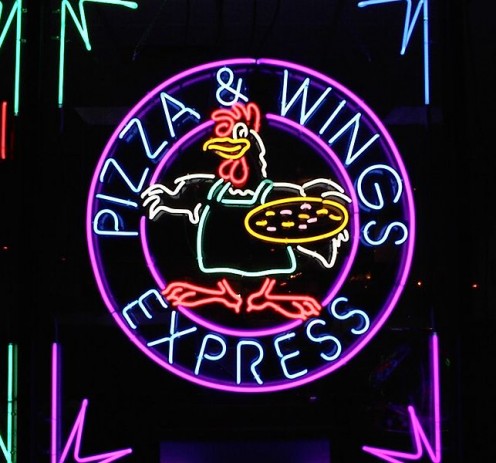
Chicken Fat Farm
Every year around Thanksgiviing, television stations begin to broadcast documentaries about the conditions in which turkeys and chickens are raised. They do this in order to warn the public about the possibility of consuming contaminated poultry products during the traditionally bird-based holiday. Exposing the problems in poultry farming also can lead to the remedy of these problems though official inspections and efforts to upgrade processes and employee training and follow-up.
A recent public television broadcast highlighted a chicken farm that is hopefully upgrading its processes quickly. Baby chicks were crated up tightly and shipped into this farm, where the crates were roughly dumped into a pole barn sort of building. One employee at a clipping machine chipped the chicks' tiny beaks so that the chickens would not peck and hurt one another. Food was tossed onto the floor of the barn, which did not seem to be regularly cleaned, if at all. The chickens grew so fat that they could not stand, but being packed in tightly together kept them on their feet - in one spot, until they were slaughtered.
Free range chicken operations are healthier for both the chickens and the people that consume them. The beaks are not clipped and the birds are free to roam around a bit. Slaughtering is often down outside in the air in a sanitized area, washed down and sanitized often. Slaughtering is very quick so that the birds die instantly. Soon after I graduated from high school, I learned how to kill a chicken on a farm and it was rather a dragged out affair and not so humane.
I still love chicken as a food, so Anthony Bourdain and I will stick with the "stunt chickens."
More Foghorn Leghorn
© 2010 Patty Inglish MS MPH

